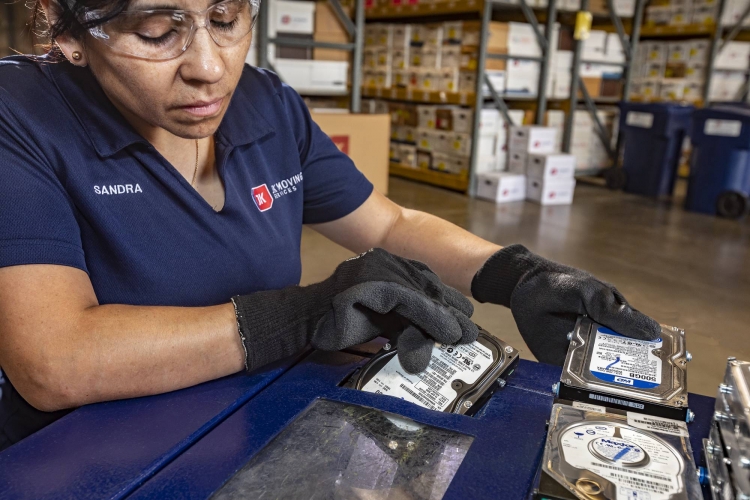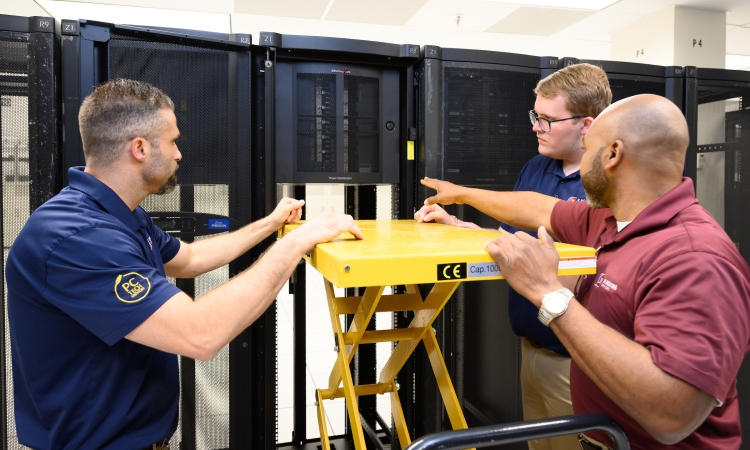What is a hardware refresh?
Most companies refresh their IT hardware every three to five years. Typically, a hardware refresh involves replacing monitors, docking stations, and preferred devices. The most common reason for a refresh is End of Life (EOL) and End of Service Life (EOSL) milestones. These milestones basically mean the OEM (original equipment manufacturer) will no longer support your equipment.
A comprehensive IT infrastructure refresh plan involves not only replacing outdated hardware but also managing the deployment of new equipment. This may include warehousing and staging new hardware, as well as processing older assets that are being replaced.
Why is project management essential in an IT refresh project?
Effective project management is crucial for a successful tech refresh project, this will help mitigate risks, improve communication, and ensure that project goals are clearly defined. This reduces the likelihood of failed technology deployments due to issues like inaccurate cost estimates and inadequate timelines.
A Technology Rollout Company (TRC) should offer key services including a single point of contact, an online tracking system, and a comprehensive database of contacts. These features ensure efficient management and deployment of new technology.
What does decommission mean?
 What should be done with the older assets that are being replaced? Whether the computer equipment contains confidential and/or classified information, decommissioning, destroying the recorded data, should be a top priority when preparing to refresh or renew electronic assets. Hard drive shredding literally shreds and breaks up hard drives into tiny unusable pieces.
What should be done with the older assets that are being replaced? Whether the computer equipment contains confidential and/or classified information, decommissioning, destroying the recorded data, should be a top priority when preparing to refresh or renew electronic assets. Hard drive shredding literally shreds and breaks up hard drives into tiny unusable pieces.
Why is it important to dispose of IT assets?
Whether the computer equipment contains confidential and/or classified information, destroying the recorded data should be a top priority when preparing to refresh or renew electronic assets. Hard drive shredding shreds and breaks up hard drives into tiny unusable pieces.
Companies should recycle decommissioned IT peripherals. Monitors, mice, docking stations, copiers, backup batteries, etc., can all be repurposed or recycled through a recycler. IT recycling is especially important because many components contain harmful chemicals.
Did you know that recycling your IT and electronic assets is a federal requirement? As end users, we are also responsible for the safe disposal of used computer equipment to be compliant with federal data security laws.
Consider outsourcing your IT deployment
If you are ready for an IT asset refresh, partnering with technology experts will take the load off you. You can work with your partner to customize their services to fit your IT staff outsourcing needs so your IT department can focus on your highest priorities.
Look for a partner that provides seamless IT life cycle refresh services, including:
- Warehousing
- Asset swaps
- IT rollout fulfillment and installation
- Retrieve replaced assets
- Inventory management
- E-cycle and secure destruction
Determining the right time for an IT hardware refresh can be challenging, but can also benefit your business performance, security and reduced downtime. Contact us today for more information on our IT hardware refresh services.


